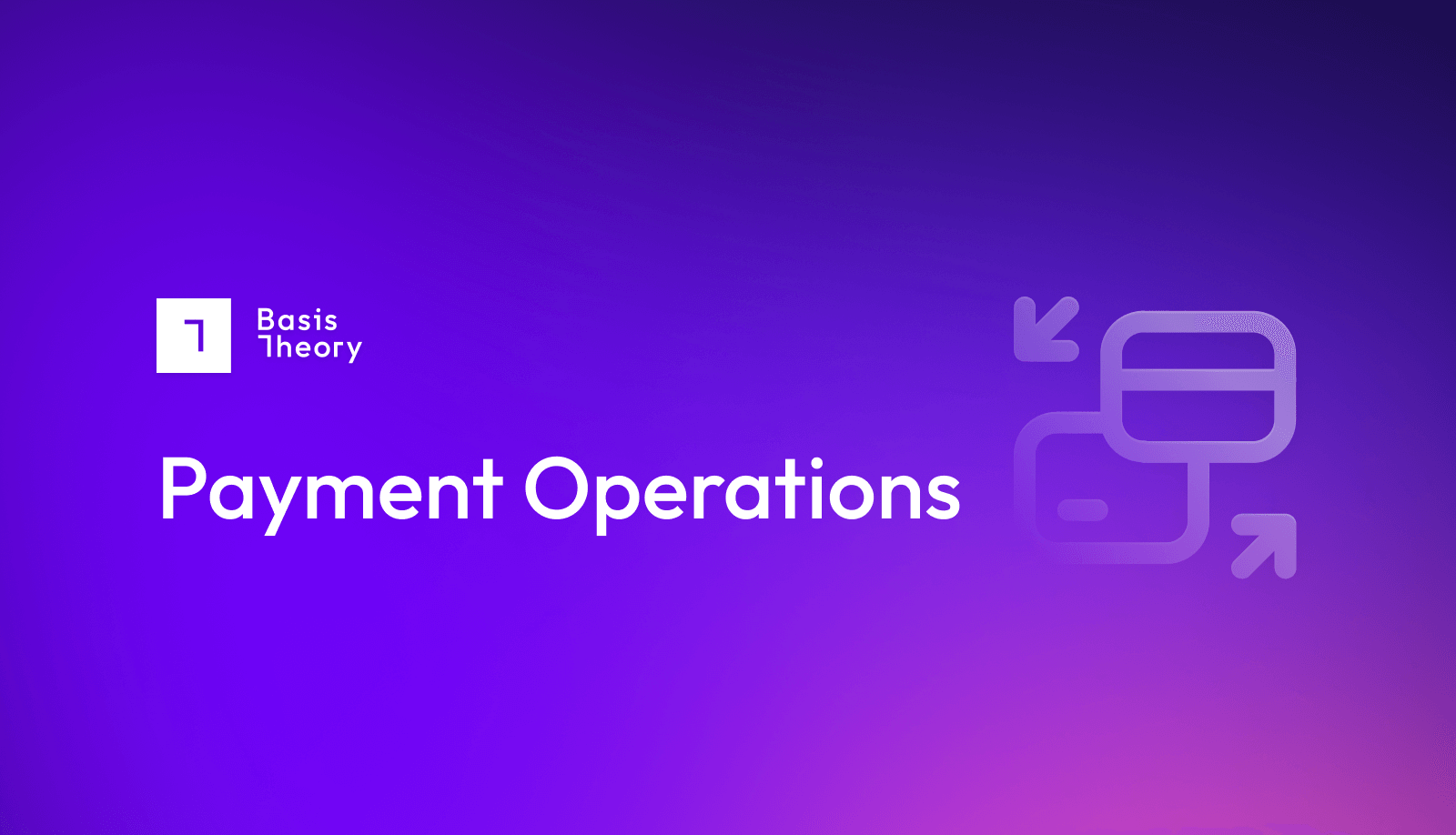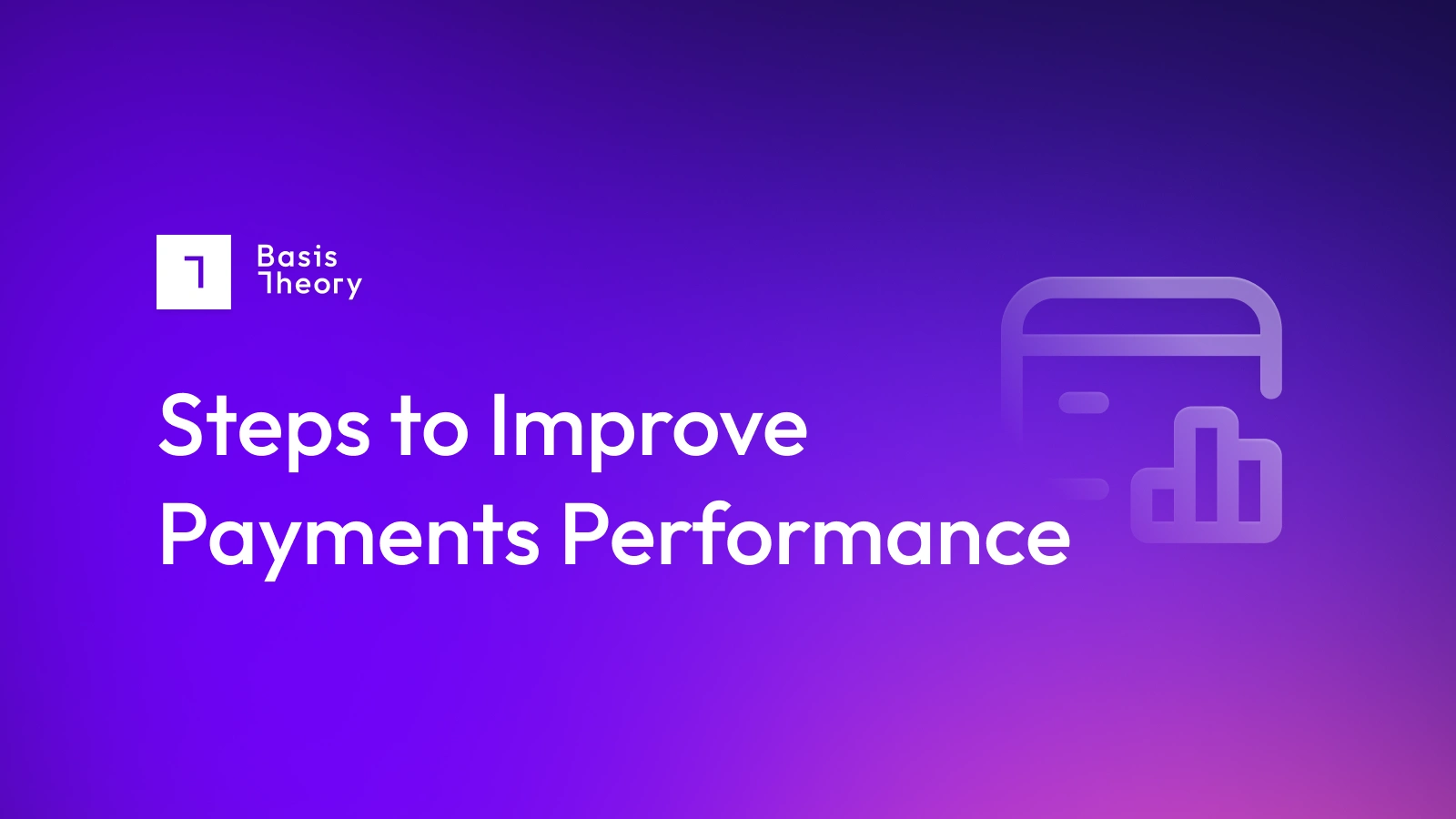Payment Operations: Finding Efficiencies and Cost Savings

As businesses grow, the complexities of keeping up with the money that flows in and out of their accounts start to pile up. The solution is to optimize payment operations - the processes that regulate the flow of funds, and provide the standard operating procedures that maximize inflows - and minimize outflows - all day, every day.
What is Payment Operations?
From accounts receivable to accounts payable - and everything in between - payment operations represents the efforts a merchant makes to streamline their financial operations. Fifty years ago, this was relatively simple, requiring not much more than tracking the customer bills issued and paid on one side, and the supplier invoices received and paid on the other. In today’s digital and distributed world, with funds moving from place to place instantaneously and credit being as frequently used as cash, merchants need sophisticated payment operations to ensure maximum payment success (at maximum velocity) as well as to maximize on discounts and payment terms from suppliers in order to compete. This is especially true in the e-commerce market, where margins are slim, and a miscalculation on the cost of processing transactions can mean the difference between profit and disaster.
Where is Payment Operations Most Vital?
While it’s fair to say that all elements of payment operations are important, there are areas that should be of particular focus for any modern business that transacts significant business online through payment service providers (PSPs), including:
- Transaction processing, including authorization and automation to manage hard and soft declines for maximum benefit
- Reporting, particularly with regards to stored cardholder information to identify potential future issues, including card expiration
- Managing and executing refund requests, with a direct focus on avoiding chargebacks from dissatisfied customers, which can be expensive and damaging to payment partner relationships
- Treasury operations, which reconcile transactions in different currencies for organizations doing business internationally, and can have an outsized impact on overall profitability
- PSP fee management, which can seem simple in the earliest days of a business, but can turn out to offer extensive opportunities for cost optimization
Payment Operations Demands Excellent Customer Service
Some of the elements above have little or nothing to do with technology or payments, but rather with managing the customer relationship proactively, fairly, and to the mutual benefit of buyer and seller. Clear processes for customers to cancel accounts, for instance, may be the very best protection against excessive chargebacks for subscription merchants. Good reporting also can help in proactively working with customers whose payment methods expire or close to replace them in advance of failed payments that might result in a loss of service.
Payment Processing Needs Automation and Flexibility
When payments are regularly made by credit or debit cards (or related products, like digital wallets), payment automation is a necessity, both to maximize the amount of deals that close successfully, and to minimize the cost of each transaction. The first step is always going to be to avoid committing to a single PSP, as each has its own set of specialty features, its own rate card, and its own bottom line to manage. With multiple PSPs, merchants can build effective solutions to several of the payment operations challenges listed above, including
- Decline management: a soft decline may represent an opportunity to take a second pass at the payment. For instance, a temporary lack of funds may resolve itself in a couple days, so automatically re-presenting the transaction (in the case of a subscription or timed payment) through an alternative provider may be successful
- Currency management: although many full-service PSPs will offer an ‘implicit’ currency conversion service, it may be more beneficial to simply manage one’s own treasury and take advantage of exchange rate shifts - and certainly, being able to process the payment within the geography where the customer is located can avoid cross-border fees
- Fee optimization: whether it be using different PSPs for higher-risk items, or to obtain the lower rates associated with debit cards, or to obtain volume discounts, having the flexibility to choose the right processor for each transaction is necessary
- Data management: having control over stored credit card details may be necessary to both take advantage of card updater services, and to ensure the ability to continue future payments without requiring the customer to re-enter their information (a known transaction killer).
Payment Operations: Making Payment Processing a Profit Center
In the final analysis, having control over the whole payment system gives the merchant the opportunity to access not only the best rates, but also the chance at uncovering found money. Merchants who, for instance, manage their own currency conversions and Treasury can optimize their fee structure, add ‘implicit’ fees (by marking up any conversion ratios), and potentially profit from currency fluctuations. Payment operations are not just Standard Operating Procedures - they’re a guide book to improved financial performance.
.png?width=365&height=122&name=BTLogo%20(1).png)



